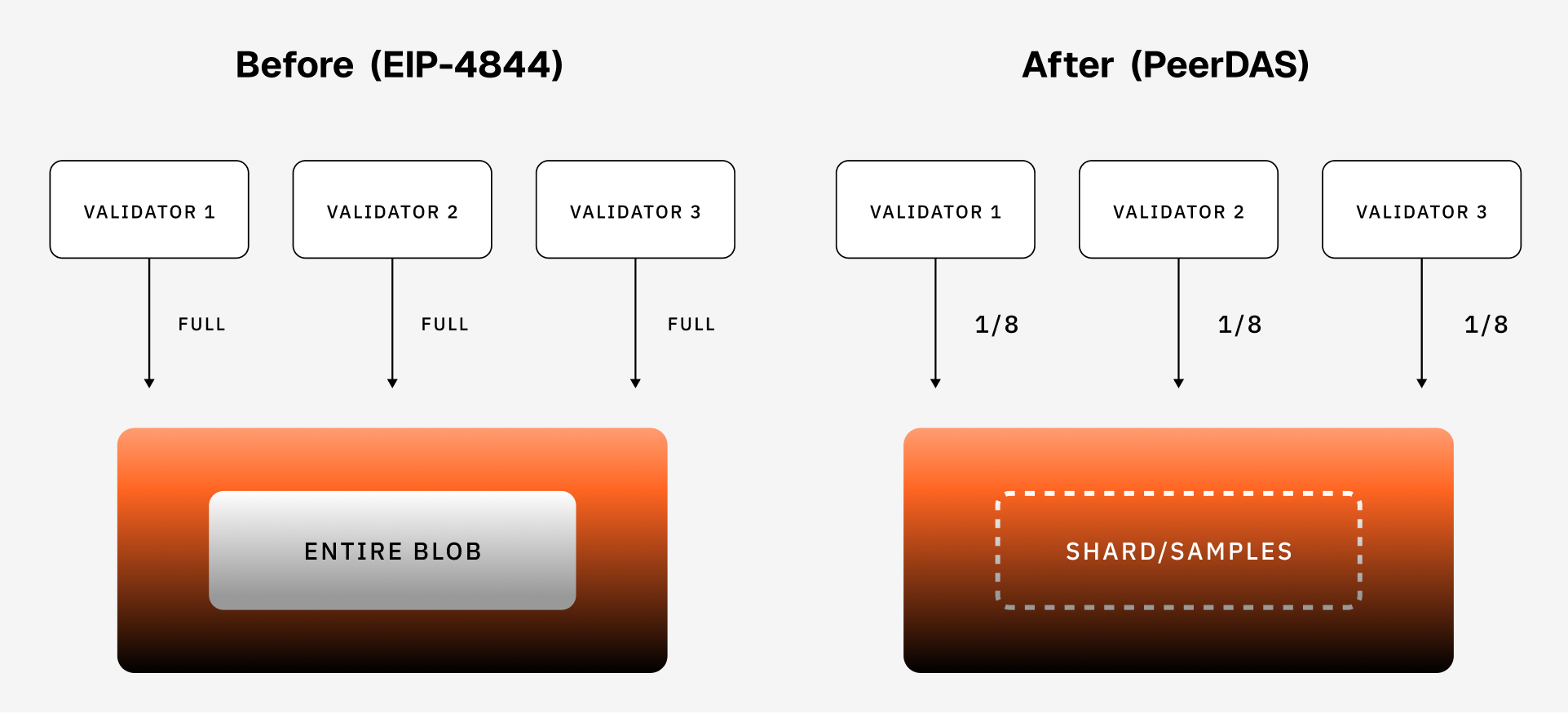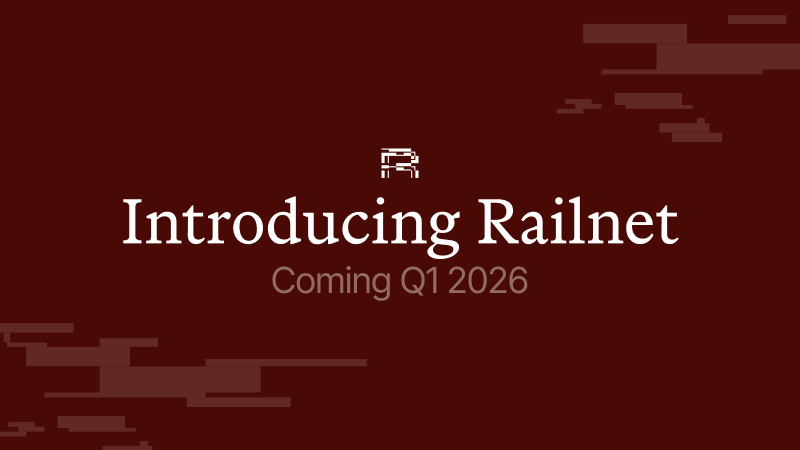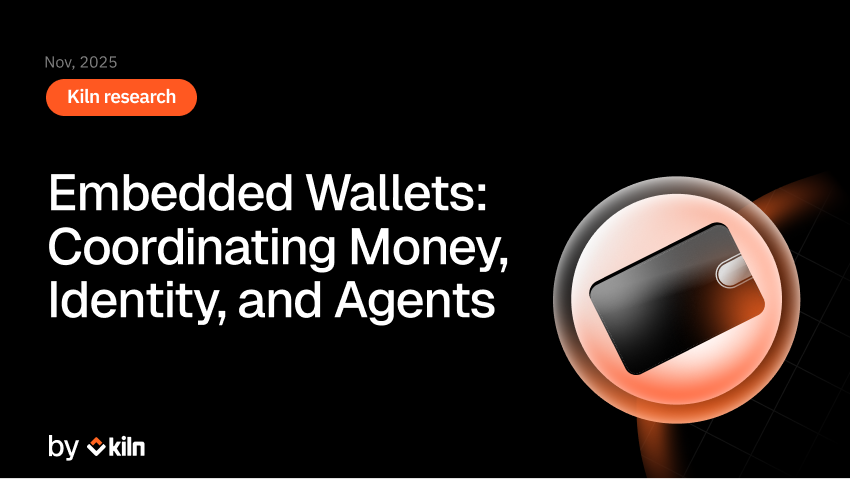Next Ethereum upgrade: How Fusaka will boost scalability and improve accessibility
 < Blog
< BlogEthereum's upcoming hard fork, Fusaka, scheduled for December 3rd 2025, marks the next major step in the protocol's scalability and efficiency roadmap. By combining execution-layer (Osaka) and consensus-layer (Fulu) changes, Fusaka delivers critical updates that expand throughput, reduce validator overhead, and modernize core features. For stakers and Kiln customers, no action is required—staking continues automatically with the same core mechanics: same reward calculations, same withdrawal processes. The staking experience remains familiar and consistent, supported by a more robust and efficient network foundation.
PeerDAS (Peer Data Availability Sampling)
EIPs: 7594
Ethereum’s current blob handling mechanism—introduced in EIP-4844—requires every validator and full node to download entire data blobs posted by Layer-2s. As rollup usage grows, this becomes unsustainable, leading to increased bandwidth consumption and rising disk storage requirements. This model is incompatible with Ethereum’s long-term vision of rollup-centric scaling.
PeerDAS solves this by enabling validators to download and verify only small segments of blob data, instead of the entire payload. Specifically, each node stores only 1/8th of the total blob data distributed across the network. These samples are erasure-coded, meaning the full blob can be reconstructed from a random subset of its parts. This approach ensures the data is still available to the network without overburdening every participant.
Impact on Ethereum:
- Multiplies blob throughput (potentially up to 8×), improving L2 scalability.
- Reduces resource usage per validator and node
- Foundation for full Data Availability Sampling in future upgrades
Impact on stakers:
- Lower bandwidth and disk requirements
- Reduces the cost of running validators
- Maintains decentralization by preserving accessibility

Blob Ecosystem Enhancements
EIPs: 7892, 7918
Fusaka modernizes Ethereum's blob infrastructure to better serve Layer-2 scaling needs. EIP-7892 introduces Blob-Parameter-Only (BPO) forks, enabling dynamic adjustment of blob parameters without full network upgrades. This allows Ethereum to respond rapidly to L2 demand as PeerDAS unlocks higher blob capacity.
EIP-7918 stabilizes blob pricing by ensuring blob base fees are now bounded by execution costs rather than falling to minimal levels. This prevents scenarios where blobs become effectively free during L1 congestion, ensuring Layer-2s pay meaningful fees proportional to the network resources they consume.
Impact on Ethereum:
- Flexible, lightweight blob scaling mechanism
- Healthy blob fee markets with congestion-aware pricing
- Quick adaptation to L2 network demand
Impact on stakers:
- More predictable blob pricing dynamics
- Reduced risk of L2 free-riding during congestion
Note: this accessible story explains this EIP in a memorable way.
Gas Limit & Security Improvements
EIPs: 7935, 7825, 7934, 7823, 7883
Fusaka implements a comprehensive approach to scaling Ethereum's transaction capacity while maintaining network security. The upgrade raises the default block gas limit to 60 million (EIP-7935), significantly expanding throughput potential.
Critical safeguards prevent abuse: EIP-7825 caps individual transactions at 16,777,216 gas, ensuring no single transaction can dominate block space. EIP-7934 enforces a 10 MiB limit on total block size to prevent network propagation issues.
The MODEXP precompile receives essential updates through EIPs 7823 and 7883, capping input sizes at 8192 bits and repricing gas costs to reflect actual computational complexity. These changes remove a major blocker to higher gas limits while protecting against DoS attacks.
Impact on Ethereum:
- Higher L1 throughput with built-in safety mechanisms
- Eliminates MODEXP-based DoS vectors
- Safer execution under heavier network loads
Impact on stakers:
- Higher capacity for user transactions
- Protected against slow or stalling blocks
- Predictable block processing times

History Expiry
EIPs: 7642
Ethereum nodes accumulate years of historical data, including transaction receipts and block execution traces. While useful for research and indexing, most of this history is not needed to maintain consensus or validate new blocks.
EIP-7642 formalizes support for pruning historical execution data, such as blocks older than the Merge. Clients implementing history expiry can reduce their storage footprint significantly, saving roughly 530GB of bandwidth per sync.
Impact on Ethereum:
- Shrinks long-term node storage requirements
- Speeds up node sync and recovery
Impact on stakers:
- Lowers hardware thresholds for running validators
- Supports solo staker accessibility

Developer & Infrastructure Tools
EIPs: 7939, 7951, 7917, 7910
Fusaka introduces essential primitives for next-generation Ethereum applications. EIP-7939 adds the CLZ (Count Leading Zeros) opcode, providing gas-efficient bit manipulation for cryptographic operations and zero-knowledge applications.
EIP-7951 brings native secp256r1 signature verification, enabling seamless integration with device-native hardware like Apple Secure Enclave, Android Keystore, and FIDO2/WebAuthn systems. This unlocks biometric authentication and hardware-backed signing for Ethereum transactions.
EIP-7917 makes the proposer schedule deterministic one epoch in advance, enabling pre-confirmation services and better MEV coordination. EIP-7910 standardizes node configuration querying through the new eth_config JSON-RPC method.
Impact on Ethereum:
- Native support for modern authentication systems
- Improved tooling compatibility and transparency
- More efficient cryptographic operations
- Enhanced pre-confirmation capabilities
Impact on stakers:
- Better validator coordination and block preparation
- Easier node setup and configuration verification
- Support for advanced MEV strategies

Conclusion
Fusaka introduces essential building blocks for Ethereum's next phase of scaling. From PeerDAS and BPO forks to safer execution and modern developer primitives, the network becomes more efficient, scalable, and accessible.
For stakers, the benefits are clear:
- Reduced validator overhead and resource costs
- Greater capacity for user transactions and Layer-2s
- A more robust and accessible Ethereum network
About Kiln
Kiln is the leading staking and digital asset rewards management platform, enabling institutional customers to earn rewards on their digital assets, or to whitelabel earning functionality into their products. Kiln runs validators on all major PoS blockchains, with over $11 billion in crypto assets being programmatically staked and running over 5% of the Ethereum network on a multi-client, multi-cloud, and multi-region infrastructure. Kiln also provides a validator-agnostic suite of products for fully automated deployment of validators and reporting and commission management, enabling custodians, wallets, and exchanges to streamline staking or DeFi operations across providers. Kiln is SOC2 Type 2 certified.


















